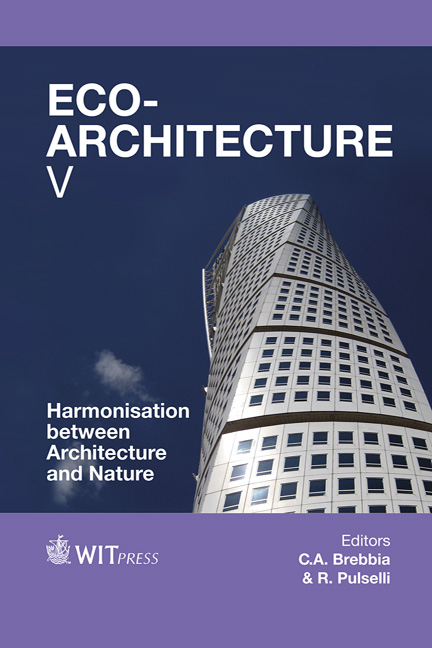The Efficiency Of Different Simulation-based Design Methods In Improving Building Performance
Price
Free (open access)
Transaction
Volume
142
Pages
11
Page Range
139 - 149
Published
2014
Size
1,205 kb
Paper DOI
10.2495/ARC140131
Copyright
WIT Press
Author(s)
A.-T. Nguyen, S. Reiter
Abstract
This paper presents a pioneering effort to define the efficiency of the most common simulation-based design methods, namely the parametric simulation method (PSM) and the simulation-based optimization method (SOM), in improving two building performance indicators: thermal comfort and energy consumption. Three case-study houses were selected and their indoor conditions were continuously monitored during one summer month in 2012. Computer EnergyPlus models of these houses were established and then carefully calibrated by the monitoring data to improve the reliability of the numerical methods. Thermal performances of these houses during a year were simulated, then improved by the PSM and finally optimized by the SOM. By comparing the results of these two simulation-based design methods, this research found that both the PSM and SOM were very effective in improving these building performance indicators. This study found that the SOM is almost two times more efficient than the PSM in improving thermal comfort in naturally ventilated (NV) houses and life cycle cost in air-conditioned (AC) houses. On average, the discomfort period in NV houses could be reduced by 44.9% by the PSM while as high as 86.1% by the SOM, compared with the reference cases. The life cycle cost of AC houses had smaller reductions with 6.2% and 14.6% cut-off by the PSM and SOM, respectively. The results of this work give a strong and explicit insight of the actual efficiency of each design method. This work also shows great advantages of applications of advanced numerical approaches in the design of high performance buildings.
Keywords
simulation efficiency, simulation-based method, building optimization, numerical calibration





